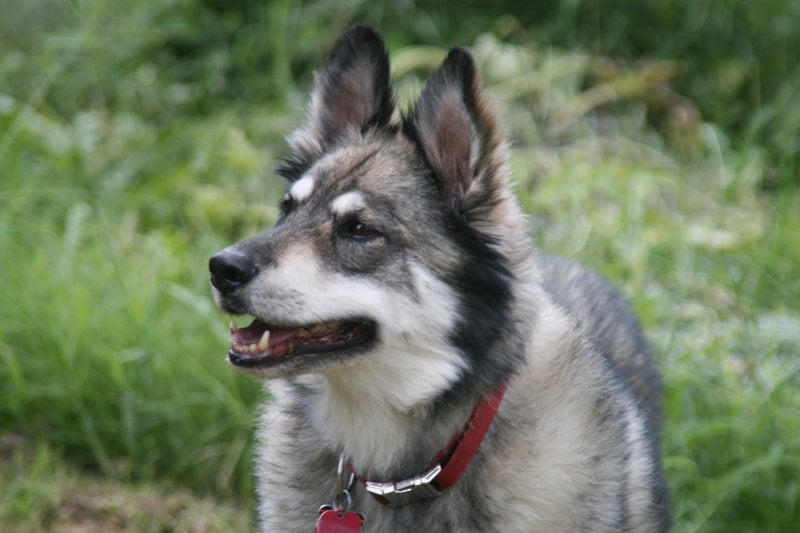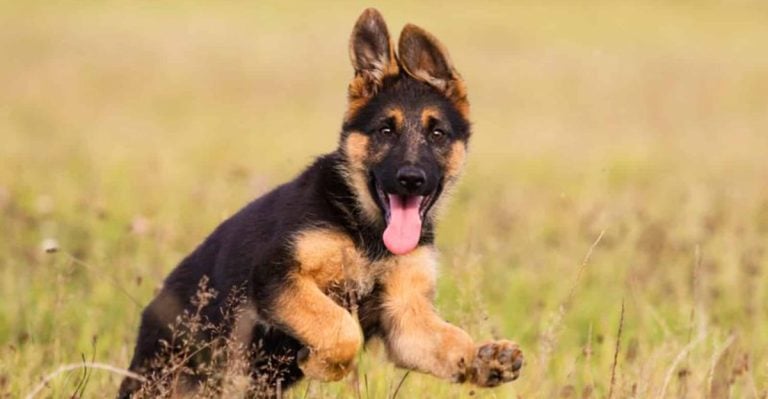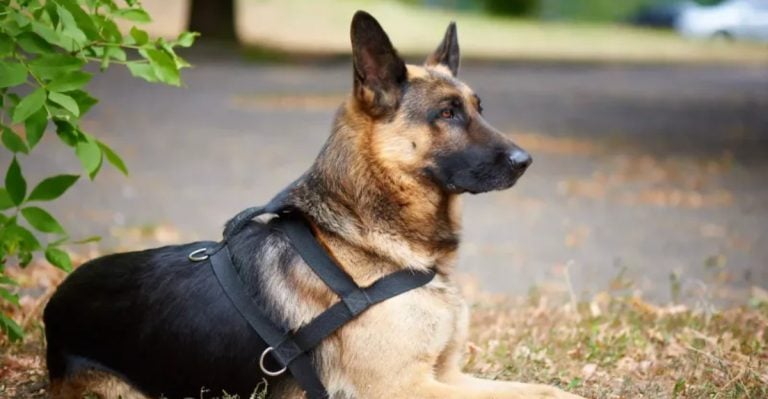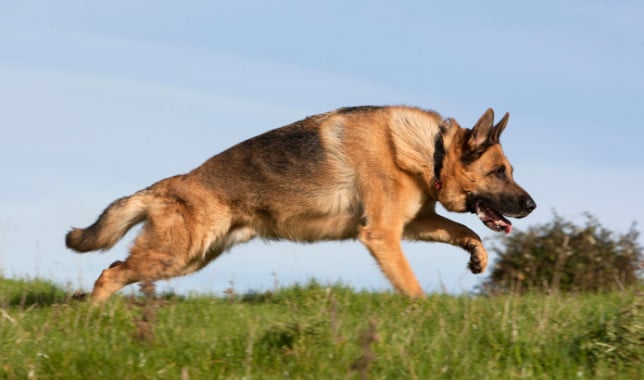The 15 Most Fascinating German Shepherd Variants

German Shepherds come in a stunning range of varieties. Their appearance and traits are shaped by coat color mutations, selective bloodlines, and different working purposes. While some are categorized by coat type and others by bloodline, these categories often overlap, offering a deeper look into the breed’s true diversity. Let’s explore 15 unique versions of this remarkable breed.
West Teutonic Working Line German Shepherd

This herder line mirrors von Stephanitz’s original vision, as it is bred with purpose and steadiness. After WWII, West Teutonic dogs emerged with emotional clarity and controlled intensity. In both sport and patrol, their nerves and instinctual poise remain the gold standard others continue to pursue.
East Teutonic DDR German Shepherd

Strength was a requirement, and the DDR German Shepherds were bred to meet the rigorous demands of the East German military. These dogs were skilled at scaling six-foot barriers, tracking silently, and enduring harsh sub-zero temperatures. With their straight backs and thick fur, they became vital sentinels on East Germany’s high-stakes border patrol routes.
Czech Working Line German Shepherd

By 1955, Czech breeders began shaping dogs with razor-sharp instincts. These compact Herders excelled in explosive and narcotic detection. Their angular hips powered tight maneuvers, while their training approach fostered loyal partners who were quick to detect but took more time to fully mature and refine their skills.
American Show Line German Shepherd

American show-bloodline Herders showcase elegant conformation as they are designed for spectacle. Ring judges favor their “floating” movement and elegant spines, and while purists debate their utility, fans admire the polished symmetry and grace that earned these dogs titles from coast to coast.
West Teutonic Show Line German Shepherd

With rich red coats and sharp drive, this line knows how to shine and work. They are trained for both conformation and IPO, with breeding in Germany only happening once they’ve passed rigorous tests, ensuring a perfect balance of beauty and ability.
Solid Black German Shepherd
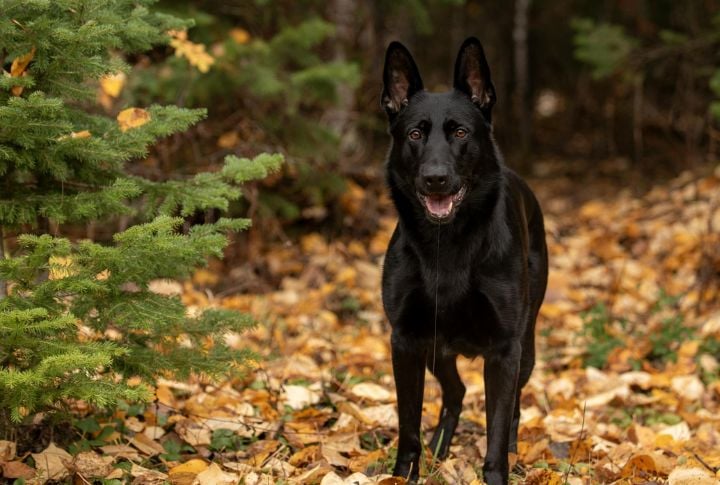
Few silhouettes command a presence like the solid jet-colored Herder. These dogs often grow heavier and larger than standard types due to their working-line origin. U.S. law enforcement has increasingly adopted them as their appearance alone deters threats.
Sable German Shepherd
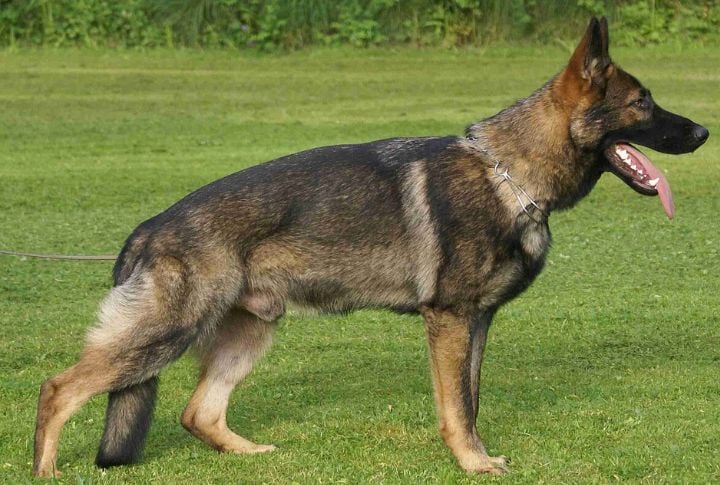
Often, these herders stand out for their sharp minds and bold energy, especially in Schutzhund and other competitive arenas. They learn fast and stay focused under pressure, and that makes them strong performers. On top of that, their coats evolve with age, and each strand is layered in pigment that deepens into striking sable patterns.
Bi-Color German Shepherd

The bi-colored German Shepherd is a tactical favorite for its unique ability to blend into shadows in low-light environments while ensuring visibility when it counts. The black coat with subtle tan accents comes from a pigment gene pattern that boosts both functionality and visibility.
White German Shepherd

White Herders first showed up in the 1930s, and their ivory coats came from a hidden gene. However, they carry the same DNA as their darker cousins. They may look different, but their temperament sticks to classic Herder roots. In the U.S., they’ve found fans through groups like the United White Shepherd Club, which champions their distinct line.
Blue German Shepherd

The Blue German Shepherd’s distinctive coat color comes from the dilution gene (D locus), which carries a double recessive “dd” gene. This gene lightens the black pigment, resulting in a smoky blue-gray hue. It not only alters the fur color but can also impact the pigmentation of the eyes and nose.
Panda German Shepherd

They bring true Herder focus, eager energy, and the kind of loyalty trainers dream about. Panda Herders showed up out of nowhere in 2000, wearing coats that looked more designer than inherited, having splashes of white, black, and tan in wild contrast. But under the pattern? All business.
Liver German Shepherd
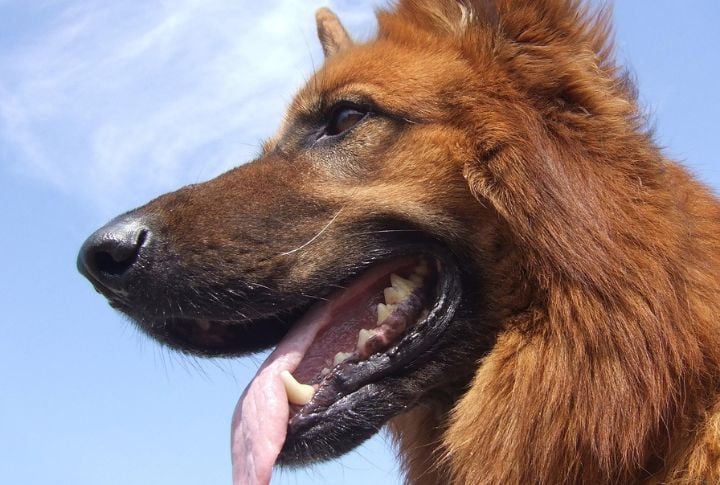
The Liver German Shepherds combine visual novelty with classic work ethic, and handlers appreciate their calm temperament, especially during obedience work, where confidence, control, and a touch of uniqueness make all the difference. They catch attention in competitive rings thanks to their liver-colored coat with a deep, cocoa-toned variation.
Long-Haired German Shepherd
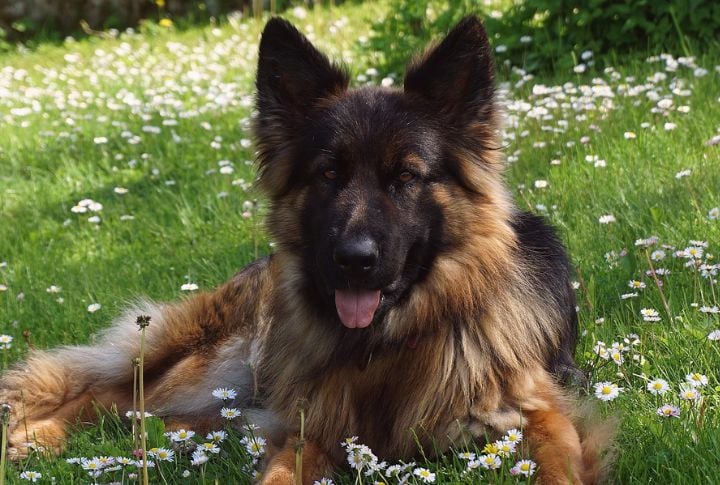
These herders have a legendary look, with their long coats draping over their shoulders and sweeping behind like feathered capes. Though disqualified in some conformation settings, their brains and focus are sharp. Families and trackers love their alert nature and their distinctive coat from a rare gene.
The Plush-Coated Teutonic Herder

Plush-coated Herders turn heads with their soft and dense fur that’s ready for the spotlight. The look comes from a double-masked trait, which calls for more brushing and less water play. They remain steady and focused in training, with the same capability despite the extra grooming.
Miniature German Shepherd

They are sized down for space, yet have a sharp mind. Miniature Herders typically weigh under 50 pounds and often result from crossbreeding with Collies or small working lines. They suit city life and retain the same alertness and loyalty as larger Herders.

